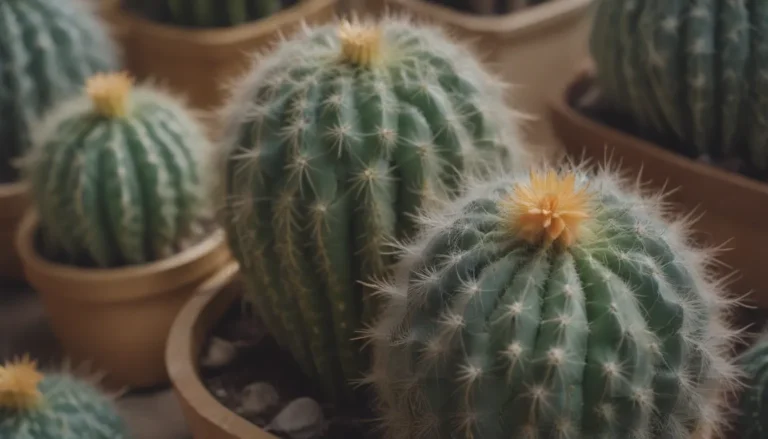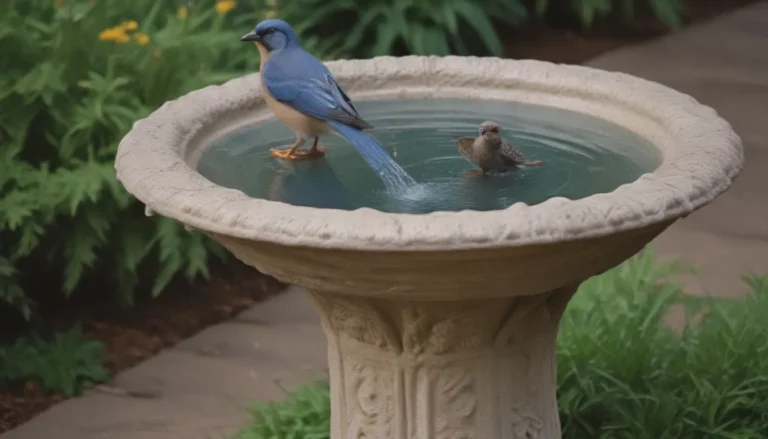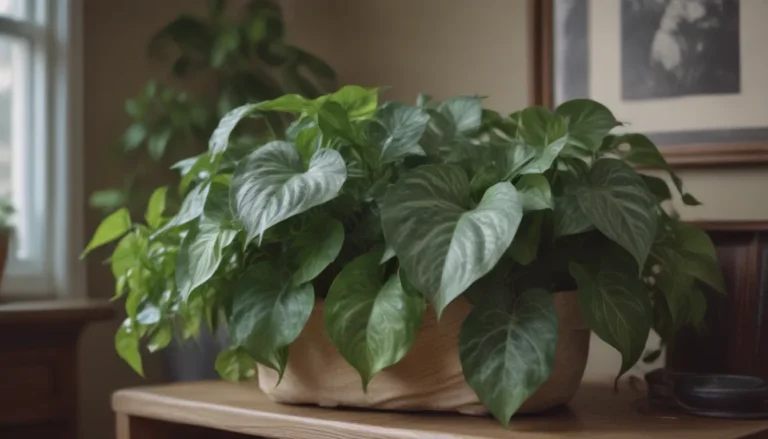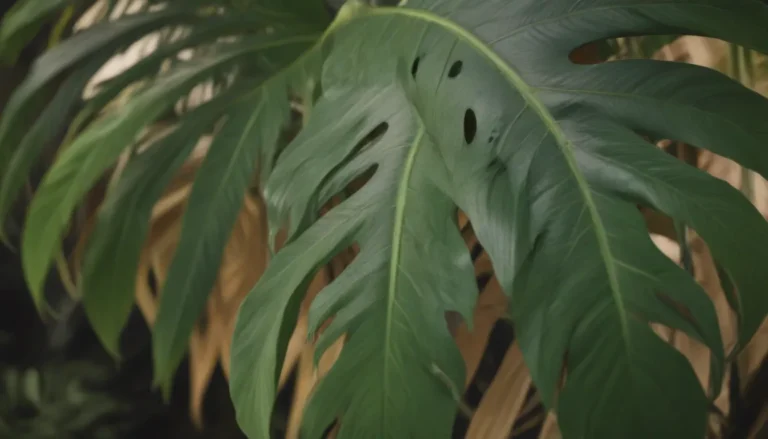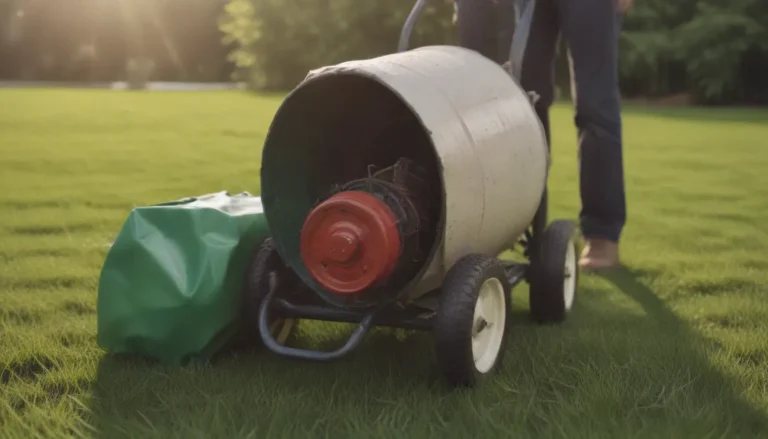Ultimate Guide to Growing and Caring for Ceropegia Sandersonii (Parachute Plant)
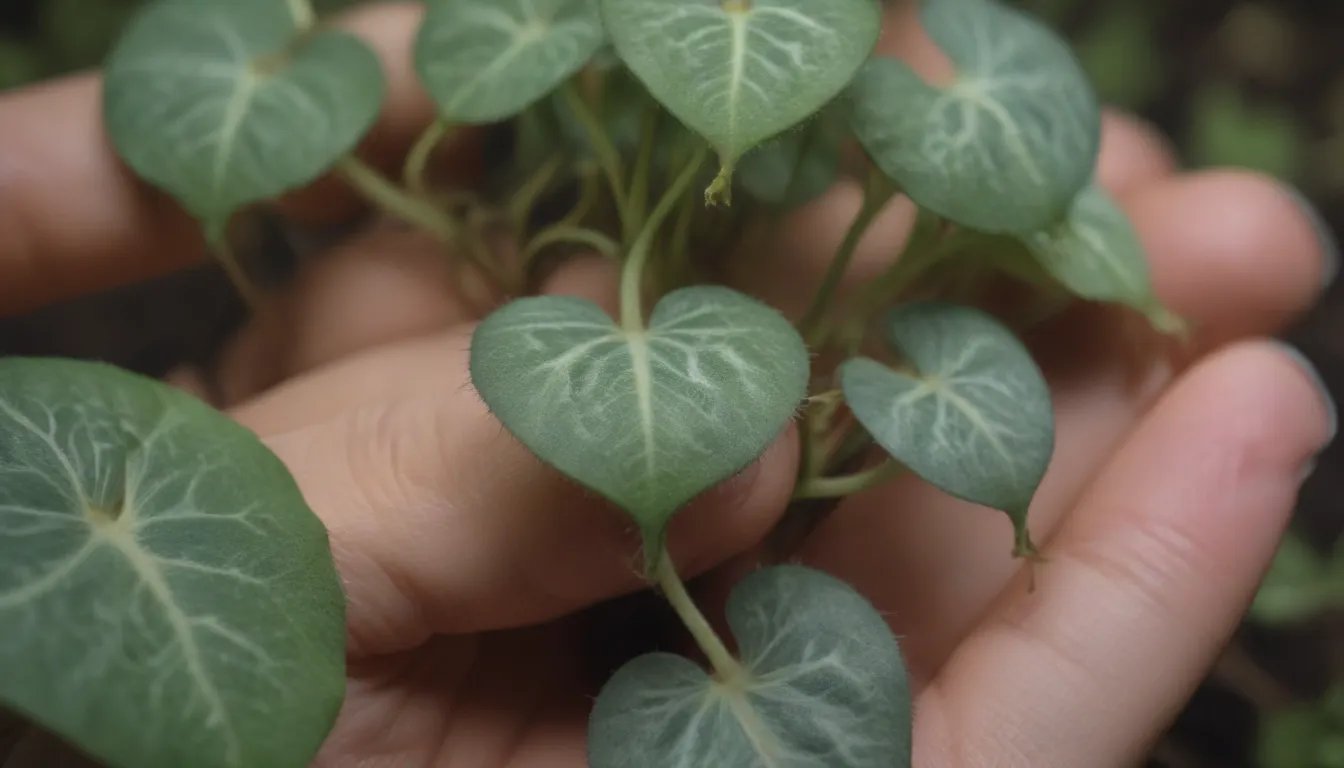
Are you looking to add a unique and beautiful trailing succulent to your plant collection? Look no further than Ceropegia sandersonii, also known as the parachute plant. This native plant of South Africa is sure to make a statement with its parachute-shaped blooms that are unlike any other. If you’re interested in learning how to care for and grow Ceropegia sandersonii, you’ve come to the right place. In this comprehensive guide, we’ll walk you through everything you need to know about caring for this stunning plant.
An Introduction to Ceropegia Sandersonii
Ceropegia sandersonii is a relatively easy-to-care-for plant that can be grown both indoors and outdoors. It thrives in well-drained soil, warm temperatures, and plenty of bright light. Here are some key care tips to keep in mind:
Light
- Ceropegia sandersonii grows best indoors with direct sunlight or bright indirect light.
- It can tolerate partial shade, but ensure it gets enough light for optimal growth.
Soil
- Pot your Ceropegia sandersonii in a well-drained potting mix containing peat moss or coconut coir for moisture retention.
- Add perlite to lighten the mix and promote drainage.
- Incorporate orchid bark or other chunky amendments for improved drainage.
Water
- Wait for the soil to dry out before watering, especially during the growing season.
- Check the soil moisture regularly to determine when it’s time to water.
- Reduce watering significantly during winter dormancy to prevent root rot.
Temperature and Humidity
- Maintain temperatures between 60 and 75 degrees Fahrenheit for optimal growth.
- Humidity levels should be around 40 to 50 percent.
- The plant can tolerate temperatures ranging from 50 to 90 degrees Fahrenheit.
Fertilizer
- While not a heavy feeder, Ceropegia sandersonii benefits from regular applications of balanced liquid houseplant fertilizer during the growing season.
- Dilute the fertilizer to half strength and apply every two weeks in spring and summer.
Pruning and Propagation Tips
Pruning
- Prune back Ceropegia sandersonii significantly in the fall after blooming to manage its long vines.
- Regularly remove damaged vines or dead leaves throughout the year.
- Always use sterilized tools to prevent the spread of diseases.
Propagation
- You can propagate Ceropegia sandersonii using stem cuttings in well-drained potting mix.
- Ensure the mix contains perlite or coarse sand for proper drainage.
Common Pests and Plant Diseases
- Keep an eye out for pests like mealybugs and slugs, especially for outdoor plants.
- Overwatering can lead to root rot, so monitor soil moisture levels carefully.
Blooming and Aftercare
Blooming
- Ceropegia sandersonii typically blooms in summer and early fall.
- The unique parachute-shaped flowers attract beneficial insects for pollination.
- Flowers release compounds that mimic bee pheromones to attract pollinating insects.
Aftercare
- Trim back the plant significantly after blooming to prepare for winter dormancy.
- New growth in spring will produce flowers for the next blooming season.
Troubleshooting Common Problems
Black Spots on Stem
- Black spots on the stem indicate severe root rot.
- Consider propagating healthy cuttings to save the plant.
Plant Not Growing
- Growth may slow or stop during winter dormancy.
- Resume regular watering and fertilizing as temperatures rise in spring.
Ceropegia sandersonii is a stunning plant that can thrive with the right care and conditions. By following these tips and guidelines, you can enjoy the beauty of this unique succulent in your own home or garden. Remember to monitor your plant regularly, provide adequate light, water, and nutrients, and watch it flourish throughout the seasons. Whether you’re a seasoned plant enthusiast or a beginner looking to expand your collection, Ceropegia sandersonii is sure to bring joy and beauty to your space.
For more information on caring for Ceropegia sandersonii, refer to reputable sources like the South African National Biodiversity Institute and the Brooklyn Botanic Garden. Happy gardening!
